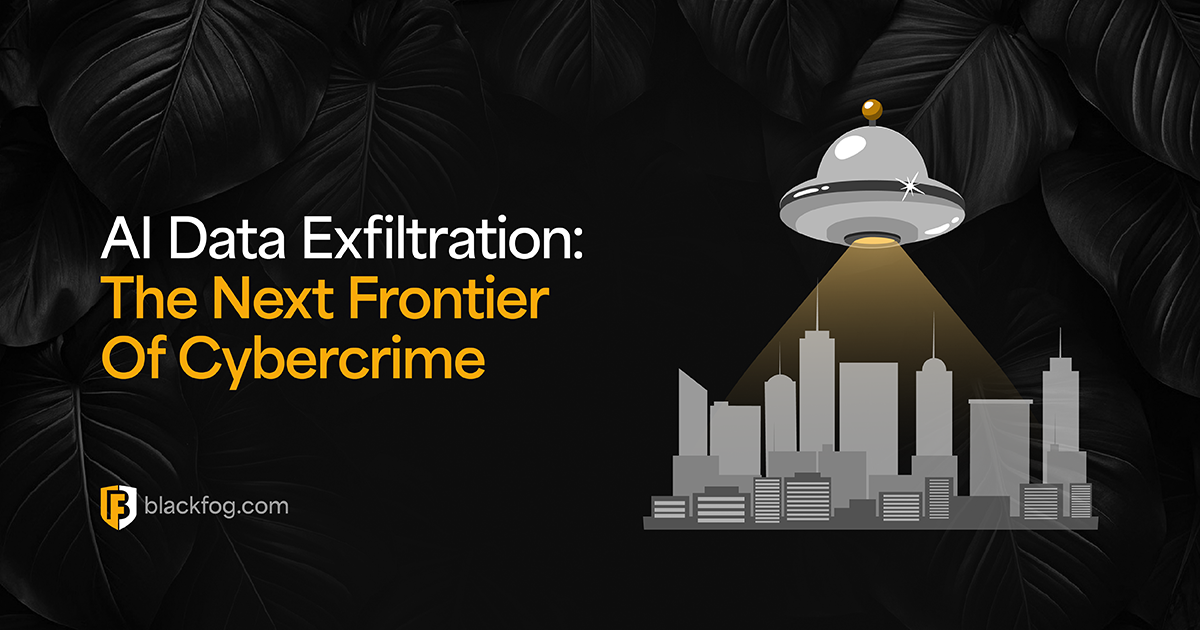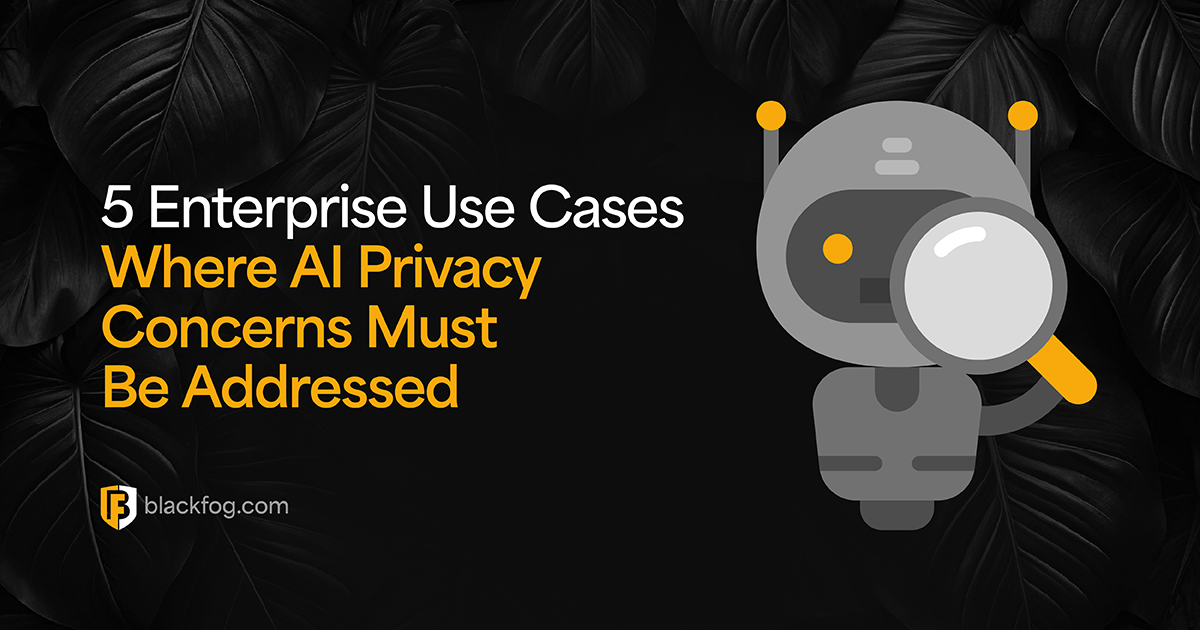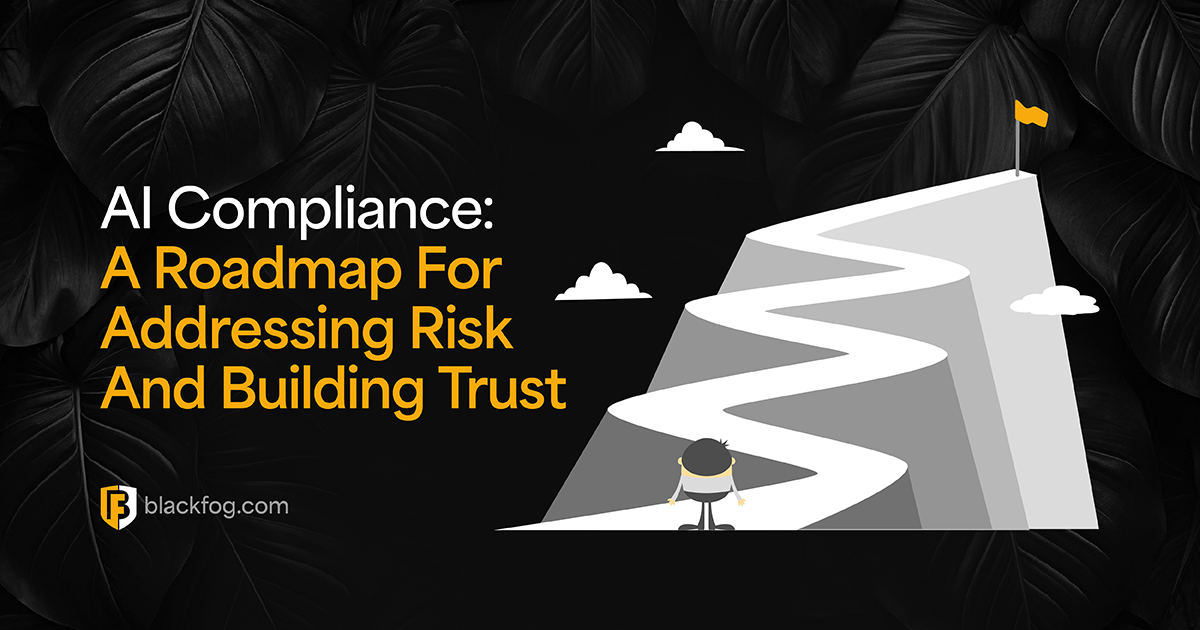
Healthcare the New Target
Cybercriminals are increasingly targeting healthcare organizations. With a wealth of personal data, ageing infrastructure and lack of cybersecurity investment, they are seen as easy targets for most cybercriminals. This is placing the sector at a high risk as cybercriminals seek to disrupt operations and compromise patient data. As the sector becomes increasingly reliant on technology, the number of infiltration points for cyberattacks will inevitably increase.
Cyberattacks are a major disruption for everyone, but for hospitals and other healthcare organizations they can be much more crippling. One recent example is University Hospital Centre (CHU) in France who reported that they had been hit by ransomware which effectively bricked their 6000 computers, forcing employees to go back to pen and paper at work. Outcomes have the potential to be even more severe as a successful cyberattack could leave medical professionals unable to access patient data, tamper with life-saving devices and lead to highly confidential patient data being stolen and for sale on the Dark Web. Ultimately jeopardizing patient safety and exposing the organization to lawsuits, malpractice and regulatory fines.
Data Destruction
A recent study reported that 45% of healthcare organizations experienced a cyberattack in which data destruction was the main motivation with a staggering 66% being hit with ransomware in the past year alone. Looking at the threat landscape in 2019, it’s clear that cybercriminals have no intention of shifting their focus away from the sector, and by the end of this year the clean-up bill from data breaches is expected to cost around $4 billion USD.
Existing solutions ineffective
As cybercriminals continue to outpace the security technology and processes in the healthcare sector, what can IT leaders do to prevent modern-day cyberattacks? Cybercriminals are getting smarter and attacks are growing in their sophistication and frequency. Traditional security solutions such as Firewalls and AV / Malware are no longer enough to combat them. To stay ahead of cybercriminals, healthcare organizations must adopt a preventative multi-layered approach to privacy and cybersecurity.
Hackers will invariably infiltrate the network, so proactive solutions targeting cyberattacks is critical. Cybersecurity tools that can identify threats in real-time and shut them down before they can remove any data is crucial. To be compliant with data legislation and to protect from malpractice and lawsuits, a layered preventative approach to cybersecurity is essential.
BlackFog focuses specifically on these modern threats by filling the gap between security solutions that focus on preventing access through intrusion detection systems, such as Firewalls and AV / Malware solutions that remove known infections after they have been discovered. Through a layered approach, BlackFog spots, in real-time, when an attacker is trying to remove unauthorized data from a device or network and shuts them down before they get the chance to.
Share This Story, Choose Your Platform!
Related Posts
AI Data Exfiltration: The Next Frontier Of Cybercrime
How are cybercriminals using AI data exfiltration to enhance their ransomware attacks and what must businesses do to counter these threats?
5 Enterprise Use Cases Where AI Privacy Concerns Must Be Addressed
AI privacy concerns are rising with AI adoption - five use cases highlight the key issues businesses must consider.
What AI Management Really Means For The Enterprise
Ongoing AI management is essential in maintaining compliance in a challenging environment. Here's what businesses need to consider.
AI Security Risks Every Business Must Know About
AI Security Risks are growing as AI embeds in business. What key threats must firms address to stay compliant with data regulations?
Who’s Really In Charge? Why AI Governance Is Now A Business Imperative
Find out why a strong AI governance program will be essential if enterprises are to make the best use of the highly in-demand technology.
AI Compliance: A Roadmap For Addressing Risk And Building Trust
AI compliance is set to be a major focus for businesses in the coming year. Here's what you need to know to make this as easy as possible.






